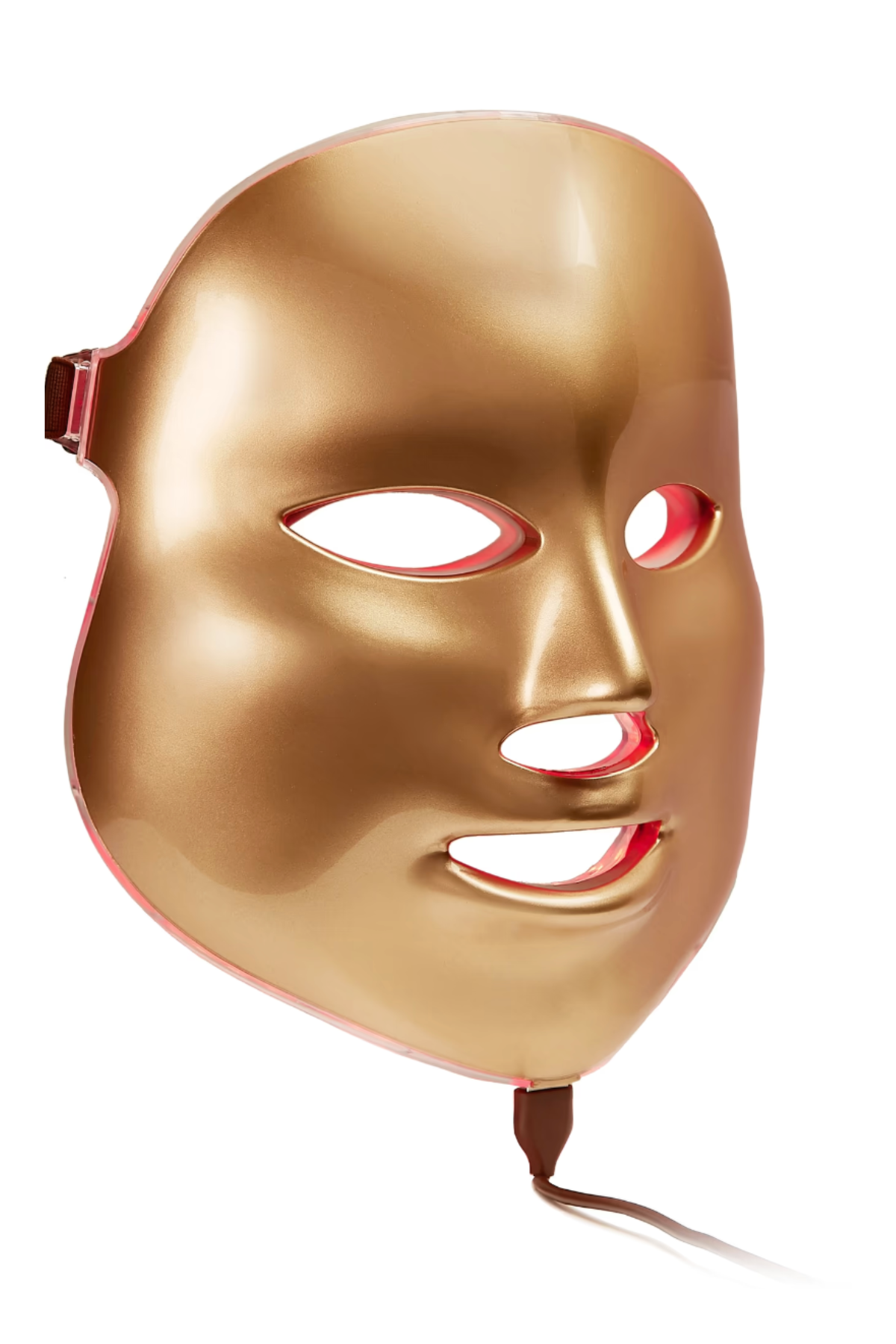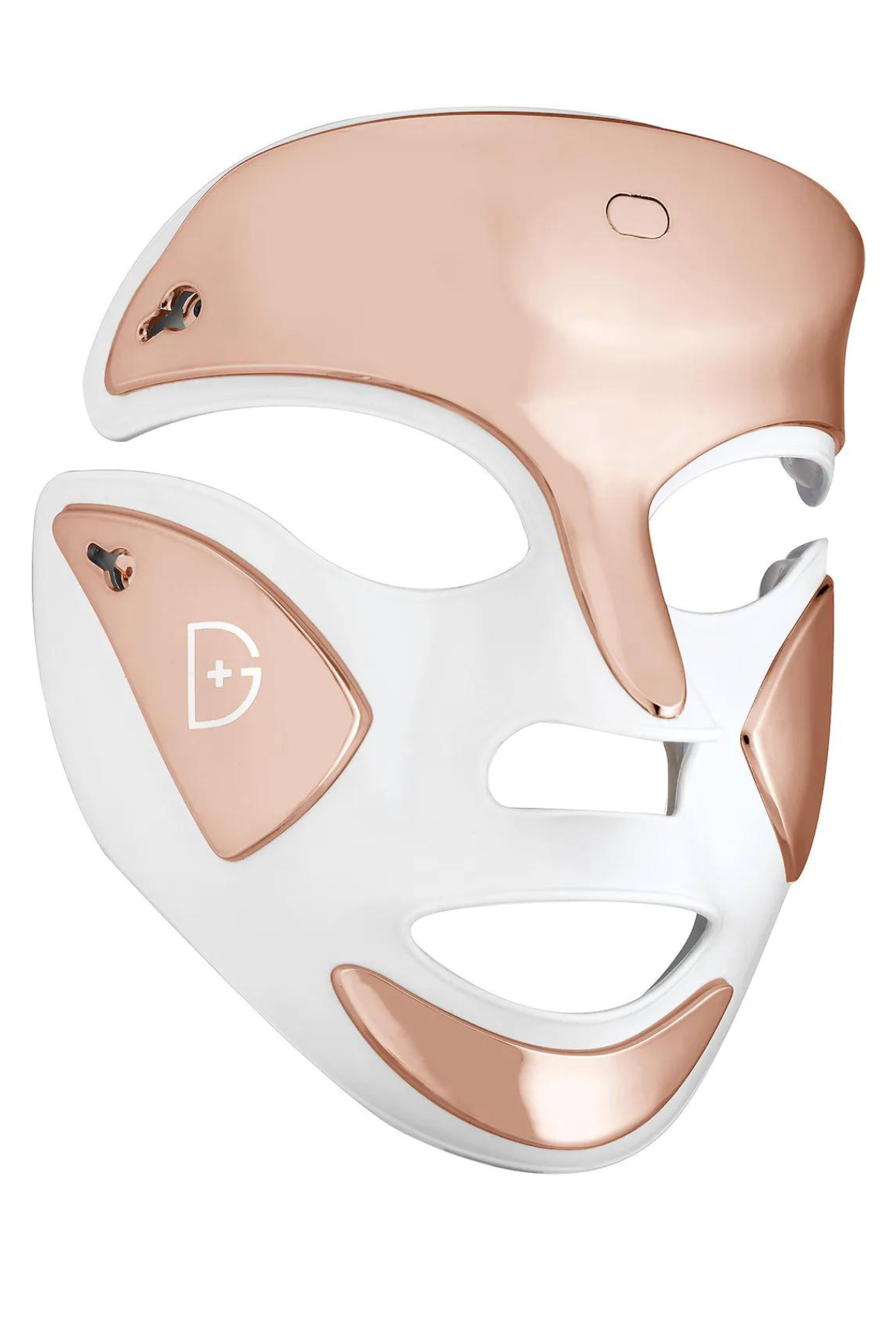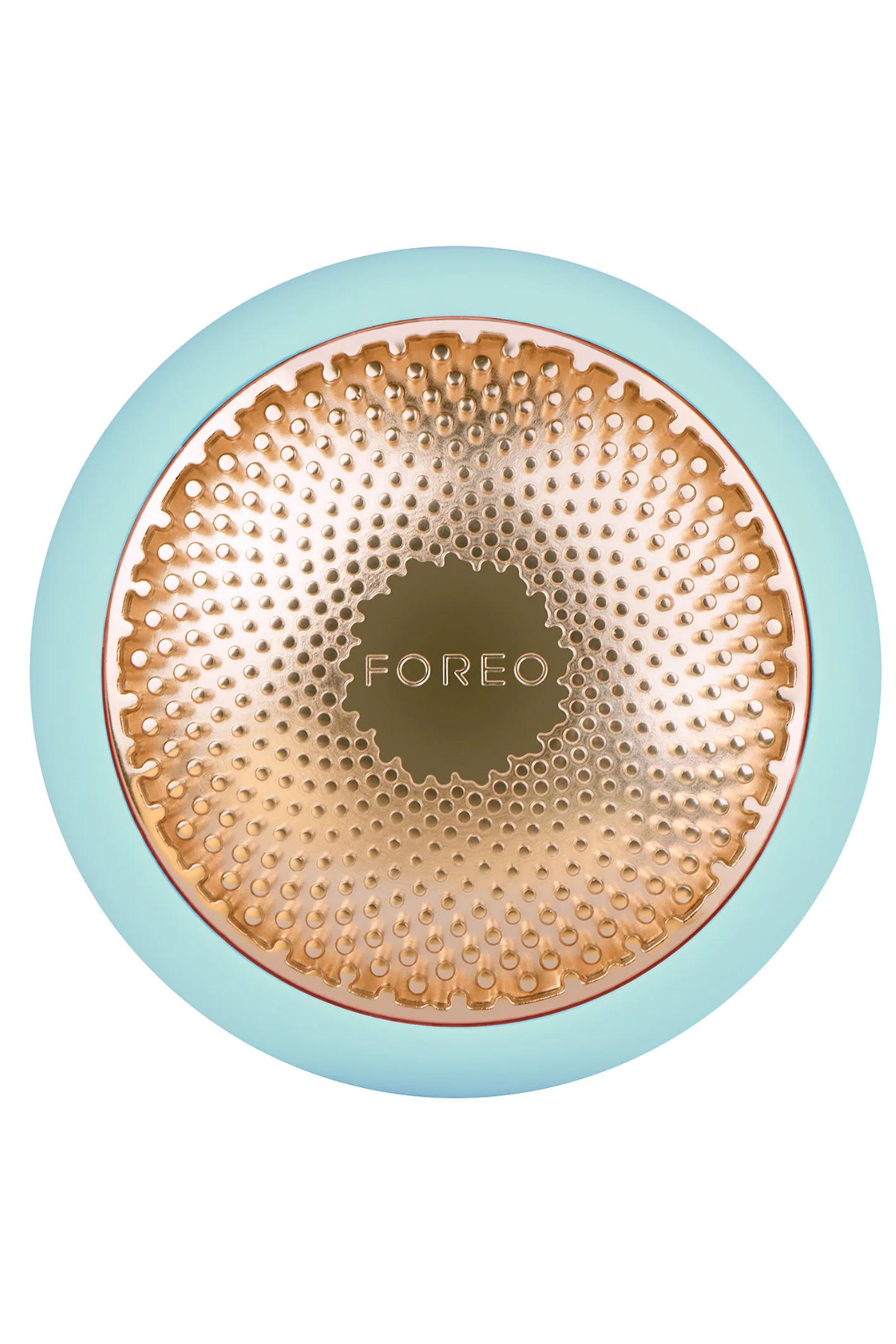Light Therapy for Acne: What to Know, According to Dermatologists
Blue and red light are where it’s at.
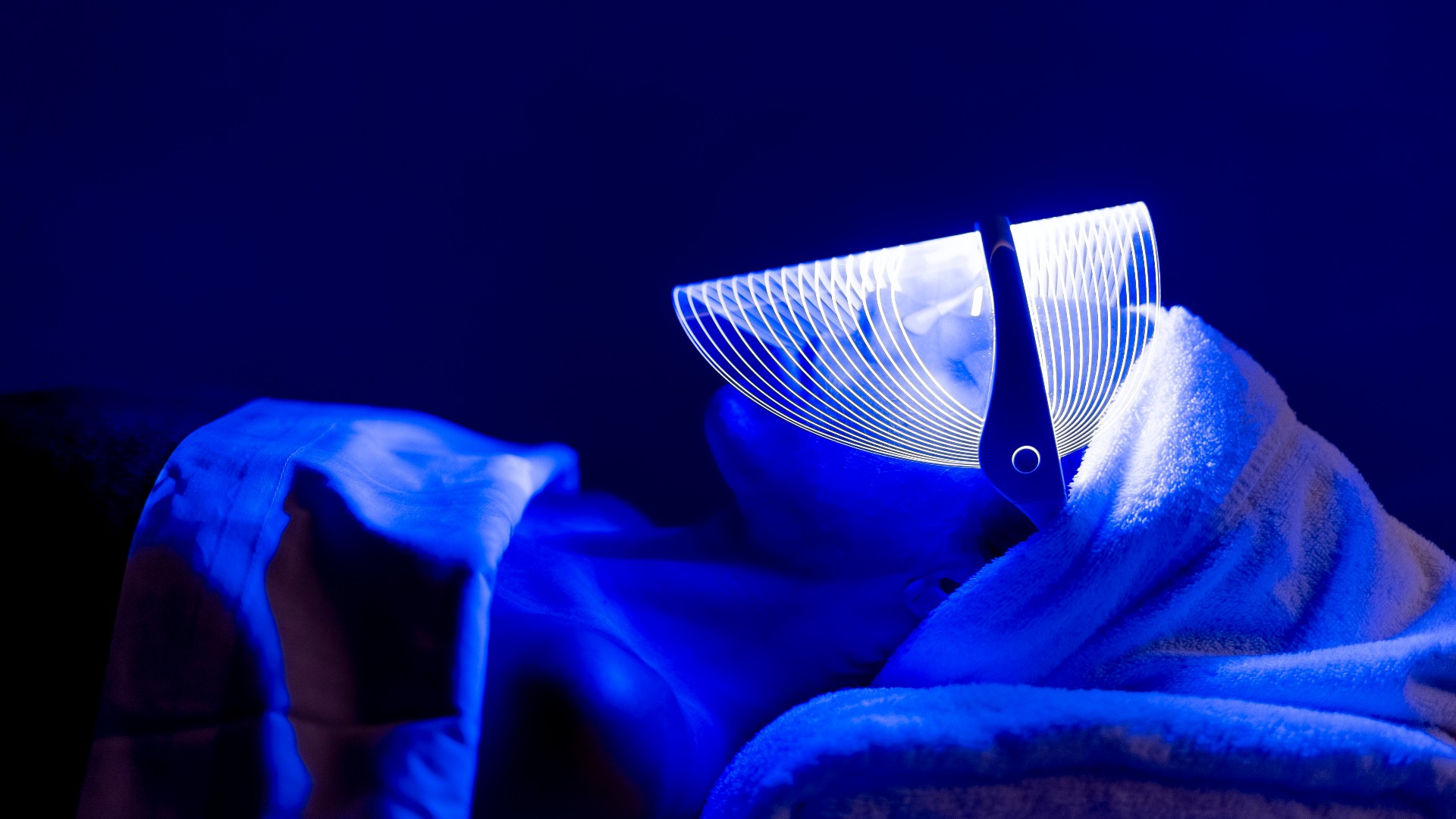

I’m a big fan of at-home LED light therapy devices—and an even bigger fan of professional LED treatments. Because in addition to all the anti-aging, collagen boosting benefits (love that), a little red and blue light therapy combo can make a world of difference when treating acne. My cysts? Consider them shrunk. My whiteheads? Way less frequent. It’s not a miracle fix by any means; having a solid skincare routine for acne-prone skin and using prescription medications will always come first and foremost in a treatment plan. But…light therapy can be a great addition.
“Blue light therapy and red light therapy, especially in combination, are the most effective at treating acne,” explains board-certified dermatologist Dr. Dendy Engelman. “Blue light mainly affects the epidermis (the uppermost layer of the skin) and kills various types of acne-causing bacteria that collect in pores and oil glands.” Red light therapy is able to penetrate deeper layers of the skin barrier and can reduce inflammation associated with those painful-to-the-touch little friends.
To see if investing in an at-home tool or booking yourself an appointment at the dermatologist's office is worthwhile for you, read ahead. Top doctors explain everything you could possibly need to know about using light therapy to treat acne, from how quickly you can expect to see results to potential side effects.
How Does Light Therapy Work?
LED (light emitting diode) therapy is one of those things that works under the radar. You won’t feel anything or see your skin changing on the spot, but rest assured things are going down underneath the skin. “LED light therapy is a non-invasive treatment that works by penetrating the dermis with low-level wavelengths of light in order to stimulate cells to function more efficiently,” explains Dr. Dendy. Once these cells get a little wake-up call, they take it as a cue to do their jobs faster and more efficiently. “Boosting cellular activity with safe wavelengths of light activates the body’s own repair system, helping it heal more quickly, produce more collagen, and reduce the appearance of unwanted aging signs like fine lines, wrinkles, and hyperpigmentation.”
Can Light Therapy Treat Acne?
100 percent—but of course, it has its limitations. “Light therapy is beneficial for acne, but it works best in conjunction with other over the counter and prescription treatments to develop a comprehensive treatment plan,” says board-certified dermatologist at Schweiger Dermatology Dr. Brian Hibler. While a 360 approach is key, light therapy, specifically a combination of blue and red light, can be helpful at targeting the bacteria and inflammation associated with acne. “Different wavelengths of light will target different aspects of acne—in a way targeting different ‘types’ of acne, but indirectly,” adds Dr. Dendy.
Blue Light Therapy and Acne
Blue light is the go-to for combatting congestion. “It mainly affects the epidermis, which is the uppermost layer of the skin, and kills various types of acne-causing bacteria that collects in pores and oil glands,” explains Dr. Dendy. “Because it has an antimicrobial property, it’s effective for those who experience acne as a result of clogged pores.”
A post shared by Cynthia Rivas (@cynthiarivasskincare)
A photo posted by cynthiarivasskincare on
Red Light Therapy and Acne
“Red light therapy is able to penetrate deeper layers of the skin barrier,” explains Dr. Dendy. Since it’s able to reach deep into the dermis (blue light only gets to the epidermis), it’s great for treating deep cystic acne, as well as surface pimples. “It has an anti-inflammatory effect and boosts the body’s own repair system, allowing it to recover faster from breakouts.”
Stay In The Know
Get exclusive access to fashion and beauty trends, hot-off-the-press celebrity news, and more.
A post shared by Fabricio Ormonde Skin Care (@fabricioormonde)
A photo posted by fabricioormonde on
Purple Light Therapy and Acne
While red and blue light therapy are going to be the two biggest players in the acne-fighting game, you may occasionally come across purple light. “Purple light penetrates the skin barrier deeply, helping kill acne-causing bacteria while also reducing the appearance of acne-related scars,” explains Dr. Dendy.
Green Light Therapy and Acne
Green is the opposite of red on the color wheel, so it only makes sense that green light is a viable option for anyone dealing with really red, angry pimples. Dr. Dendy says, “Green light has been shown to help with acne by calming the skin, acting as an anti-inflammatory, and by lightening hyperpigmentation.”
Am I a Candidate?
You can’t go wrong with light therapy—there’s not a downside and anyone can incorporate it into their routine. That said, some people will naturally lean more heavily on the treatment than others. “Light therapy is gentle and, in most cases, non irritating, so it’s a good option for patients who have sensitive skin and may be experiencing dryness, redness, and discomfort from their other acne treatments,” explains Dr. Dendy.
It’s also going to work better on certain types of pimples than others. “Red light is a helpful adjuvant for someone with a lot of redness and inflammation,” says Dr. Hibler, noting that it works well on red bumps and cysts. “Light therapy is not as effective for comedonal acne, which is caused by blocked pores. The best treatment for comedonal acne is a topical retinoid.”
In-Office Treatments vs At-Home Devices
This shouldn't come as too much of a surprise, but in-office treatments are going to be more expensive, more powerful, and more effective—in the short term at least. Because they’re more targeted and stronger, you’ll see results much quicker. But don’t rule out at-home LED devices. “They will also give you results, but for safety reasons the treatment is less strong than what you would receive in-office, so the results will be more subtle and take longer to appear.” That said, it’s easier to keep up with treatments and more cost-friendly in the long run.
When Will I See Results?
Results vary—big time. How long it takes to see a difference in your skin “depends on the individual, what treatments they’re receiving, and how often they are doing light therapy,” says Dr. Dendy. Your topical and oral regimen, along with lifestyle choices like diet and exercise, will also play a big role in how quickly your acne heals. “It can take anywhere from six to 12 weeks of treatment before seeing results, although some have noticed improvements after only four treatment sessions.”
What Are the Side Effects of Light Therapy?
“Light therapy is safe for nearly all skin types,” says Dr. Hibler. Just make sure to wear proper eye protection when using a professional-grade light (you’ll typically be provided with goggles). You won’t experience any kind of burning or skin damage—LED light is not to be confused with ultraviolet light, which contributes to aging and burning.
While it’s pretty rare, Dr. Dendy notes that on occasion “light therapy can cause increased inflammation and irritation in the skin.” There’s also not enough studies done to assess the long term effects of light therapy, however it’s been proven to be safe in the short term.
The Best At-Home LED Devices for Acne
Meet the Dermatologists
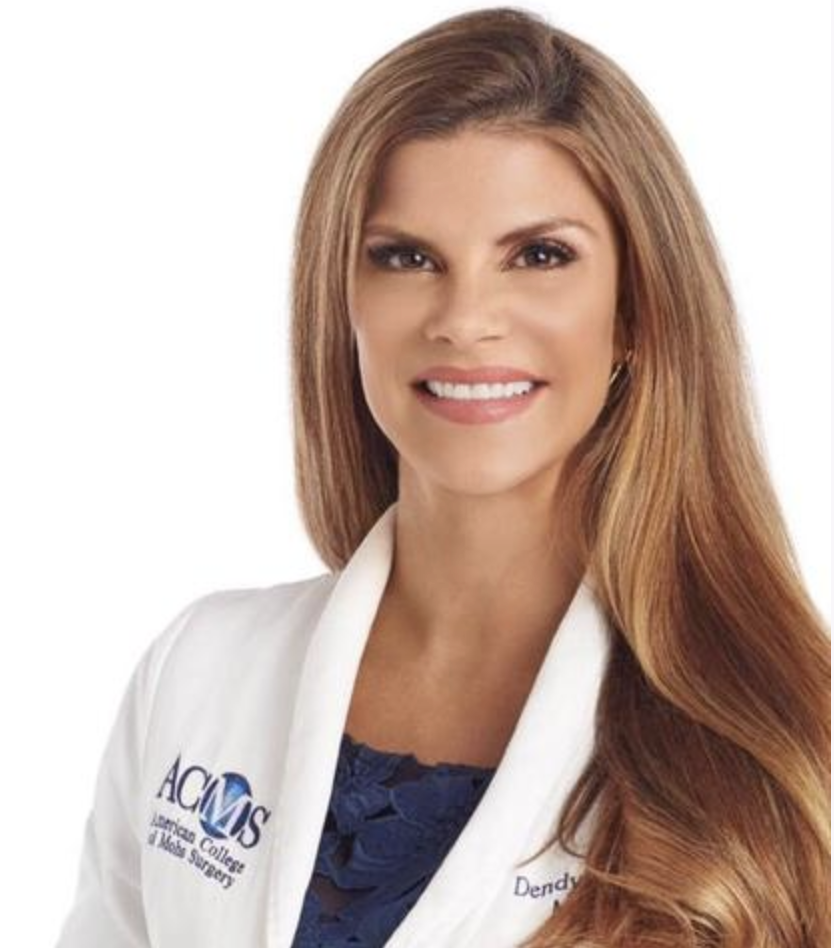
Dr. Dendy Engelman is a board certified dermatologic surgeon at Shafer Clinic Fifth Avenue. Dr. Engelman attended Wofford College in South Carolina and was inducted into Phi Beta Kappa and graduated summa cum laude with honors with a double major in psychology and French. She also played on Wofford's varsity volleyball team. Dr. Engelman earned the Presidential Scholar award while a medical student at the Medical University of South Carolina. She was also awarded the Humanism in Medicine Scholarship primarily for establishing and running a free medical care clinic in Charleston and in Haiti where she continues to serve on an annual mission with her family. Following medical school, Dr. Engelman completed her internship in Internal Medicine at the Mount Sinai Medical Center in Manhattan. In addition to a dermatology residency at the Medical University of South Carolina, Dr. Engelman completed a one-year fellowship in Mohs and dermatologic surgery, lasers, liposuction and vein treatments. She also has extensive training and experience in cosmetic dermatology - including neurotoxins, injectable fillers, and chemical peels. Most recently, Dr. Engelman was appointed Director of Dermatologic Surgery at New York Medical College where she oversees the training of future Mohs surgeons and dermatologists. She is a fellow of the American Academy of Dermatology, American Society of Dermatologic Surgery and American College of Mohs Surgery.
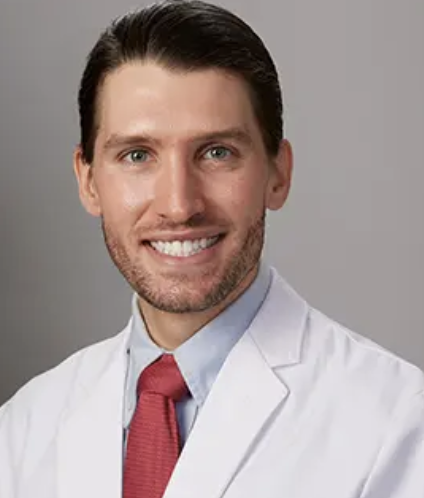
Dr. Brian Hibler is a board-certified and Harvard-fellowship trained medical and cosmetic dermatologist at Schweiger Dermatology Group in Midtown Manhattan. Dr. Hibler obtained his bachelor’s and a medical degree from the University of Wisconsin. He then completed a residency in internal medicine at Memorial Sloan Kettering Cancer Center and another one in dermatology at New York-Presbyterian Hospital / Weill Cornell Medical Center. Following residency, Dr. Hibler completed a prestigious fellowship in laser and cosmetic dermatology at Harvard Medical School, Massachusetts General Hospital, and the Wellman Center for Photomedicine, one of the leading laser and cosmetics centers in the world.

Samantha Holender is the Senior Beauty Editor at Marie Claire, where she reports on the best new launches, dives into the science behind skincare, and shares the breakdown on the latest and greatest trends in the beauty space. She's studied up on every ingredient you'll find on INCI list and is constantly in search of the world's glowiest makeup products. She's constantly tracking the biggest nail and hair trends to pop up in the beauty space, going backstage during fashion weeks, tracking celebrity looks, and constantly talking to celebrity hair stylists, nail artists, and makeup artists. Prior to joining the team, she worked as Us Weekly’s Beauty and Style Editor, where she stayed on the pulse of pop culture and broke down celebrity beauty routines, hair transformations, and red carpet looks. Her words have also appeared on Popsugar, Makeup.com, Skincare.com, Delish.com, and Philadelphia Wedding. Samantha also serves as a board member for the American Society of Magazine Editors (ASME). She first joined the organization in 2018, when she worked as an editorial intern at Food Network Magazine and Pioneer Woman Magazine. Samantha has a degree in Journalism and Mass Communications from The George Washington University’s School of Media and Public Affairs. While at GWU, she was a founding member of the school’s HerCampus chapter and served as its President for four years. When she’s not deep in the beauty closet or swatching eyeshadows, you can find her obsessing over Real Housewives and all things Bravo. Keep up with her on Instagram @samholender.
-
 Tyla's Coachella Outfit Pairs Dolce & Gabbana With Pandora
Tyla's Coachella Outfit Pairs Dolce & Gabbana With PandoraThe singer wore a gold version of the crystal bra made famous by Aaliyah.
By Amy Mackelden Published
-
 How Kate Middleton Is Influencing George's Fashion Choices
How Kate Middleton Is Influencing George's Fashion ChoicesThe future king's smart blazer is straight out of Princess Kate's style playbook.
By Amy Mackelden Published
-
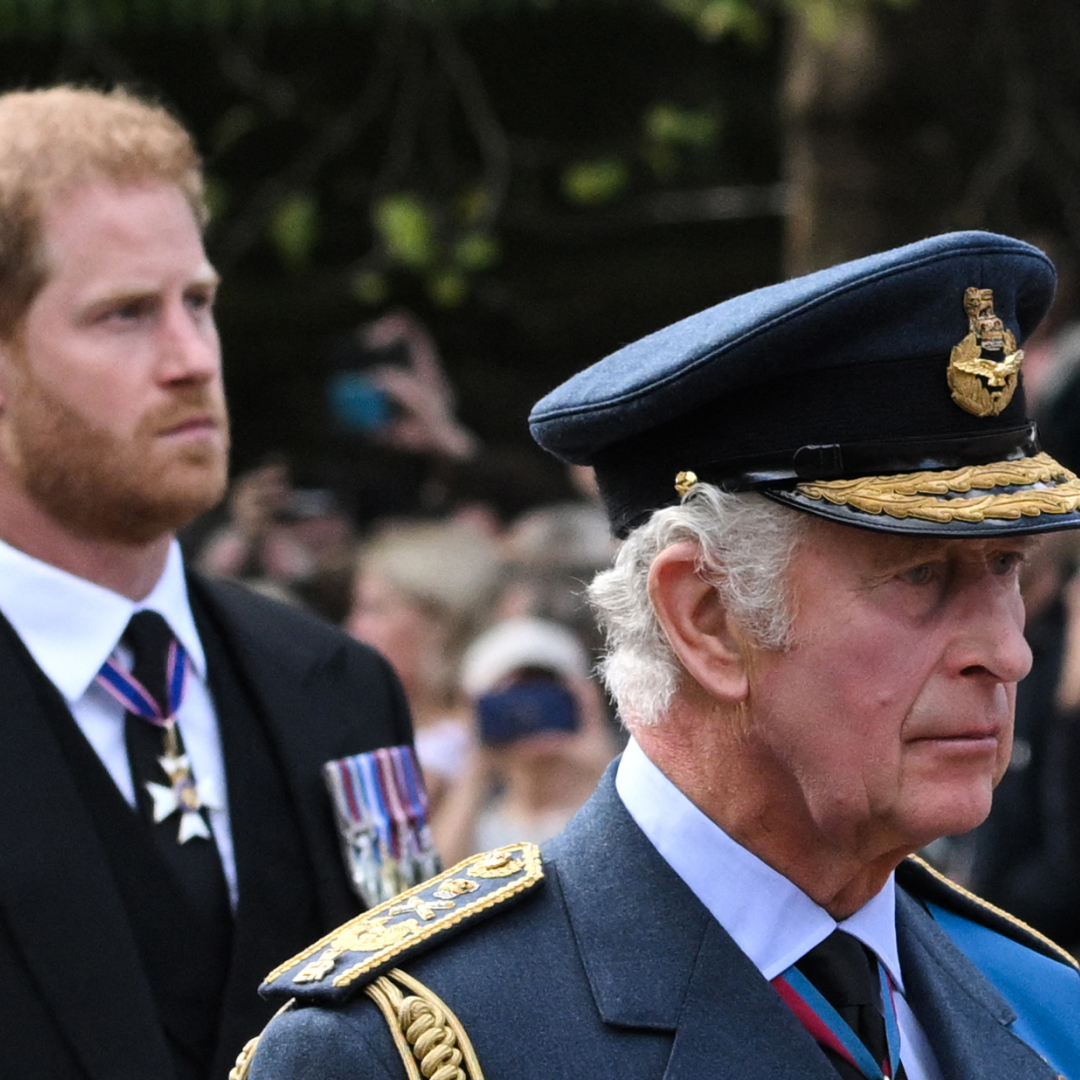 King Charles "Couldn't" Meet Prince Harry During U.K. Visit
King Charles "Couldn't" Meet Prince Harry During U.K. Visit"It could actually bring down a court case."
By Amy Mackelden Published
